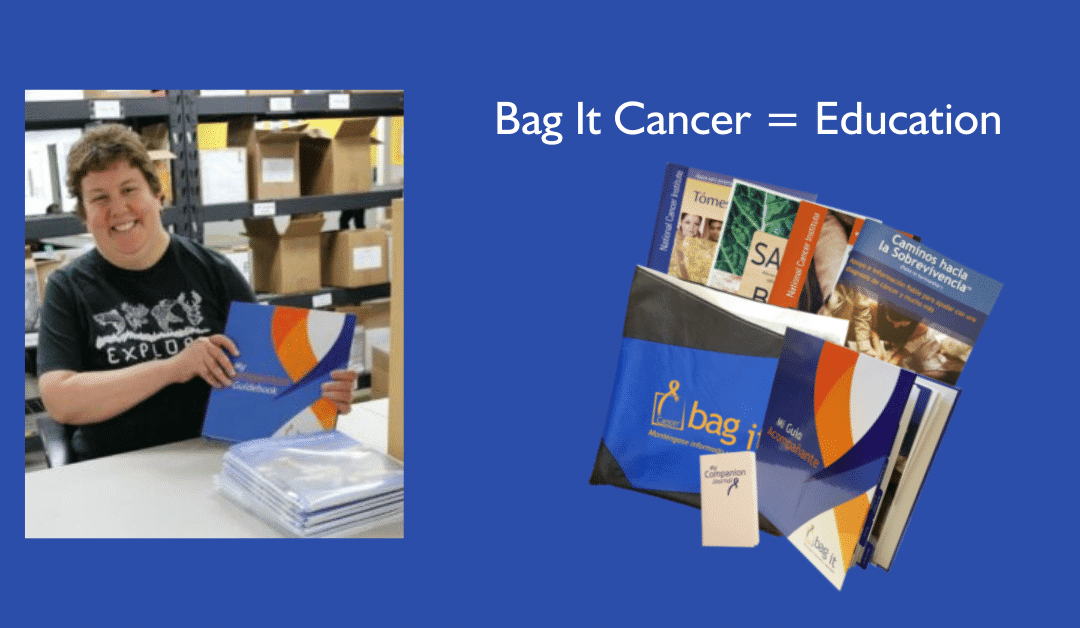
A Healthcare Provider’s Role in Patient Education
For many patients, except for a fellow cancer survivor, no one other than their healthcare provider understands how devastating a cancer diagnosis can be. When worry or smiles turn to fear, anger, or sadness, providers are there.
While some providers have long recognized the value of providing comprehensive patient education materials, others have missed the mark by giving little to none, placing the burden on patients to find their own resources or information. When implemented correctly, patient education goes beyond informing patients about their cancer and treatment. It can play a crucial role in helping patients cope better, learn how to become a self-advocate, and how to be engaged in their care.
At Bag It Cancer, we believe patient education is primarily the provider’s responsibility. Most Bag recipients receive their Bag It Bags directly from their providers, ensuring that they’re receiving the trusted information at the right time. So yes, please continue to give your patients the Bag It Bag if you are a current Bag distributor. If you are not, consider how offering this critical aspect of patient care benefits both patients and clinicians.
Studies show that patient education can help patients be more informed, more engaged in their care, better equipped to ask better questions, more compliant with treatment, and enjoy a better quality of life. Providers who directly provide quality education materials like the Bag It Bag can be confident that their patients are accessing reliable information rather than obtaining misinformation that could be dangerous.
Ideally, here is what a patient education session for a newly-diagnosed patient would look like:
A provider walks in with a Bag It Bag and opens it up to introduce it to the patient. The patient, having been informed of their diagnosis, opens My Companion Guidebook to section 1 (My Personal Details) to see that the provider has already written in the details of their current diagnosis. The provider shows them copies of their recent scans and lab work which have already been added to the appropriate sections and discusses the results and next steps. The patient would also be directed to one of the booklets that the provider feels would be most helpful to them at that time. Now a difficult appointment where many patients often leave dazed and confused has become one where the patient leaves feeling cared for, prepared, empowered, and with a better sense of what to expect.
If you or your team are interested in seeing how Bag It can improve your oncology patient education services, please feel free to reach out at crispin@bagitcancer.org or call 520-337-2800.
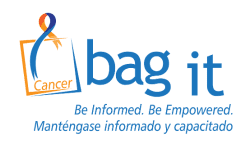
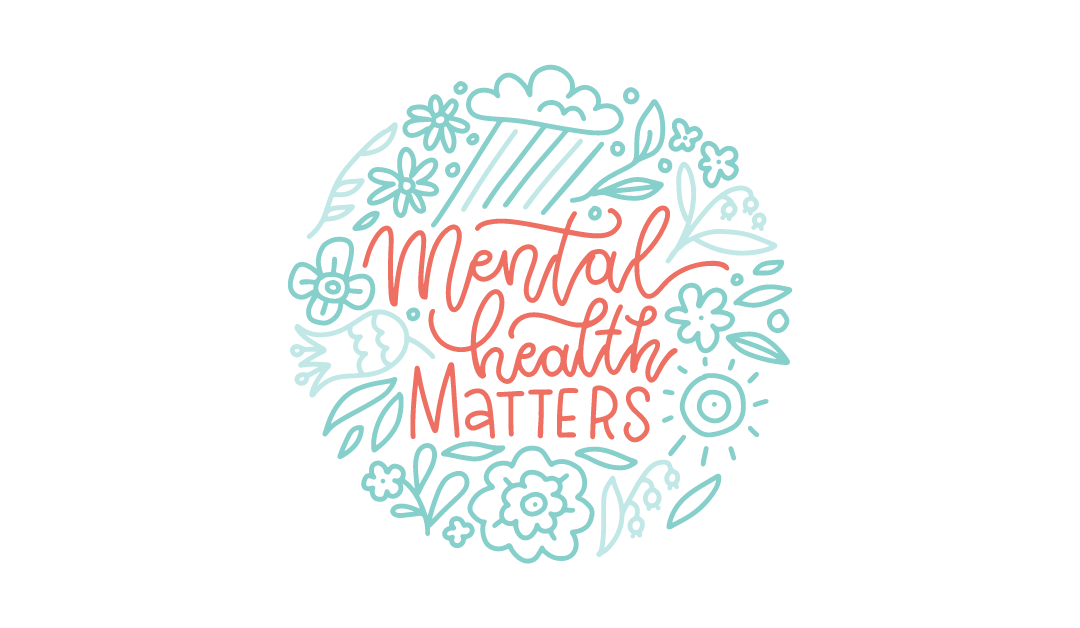






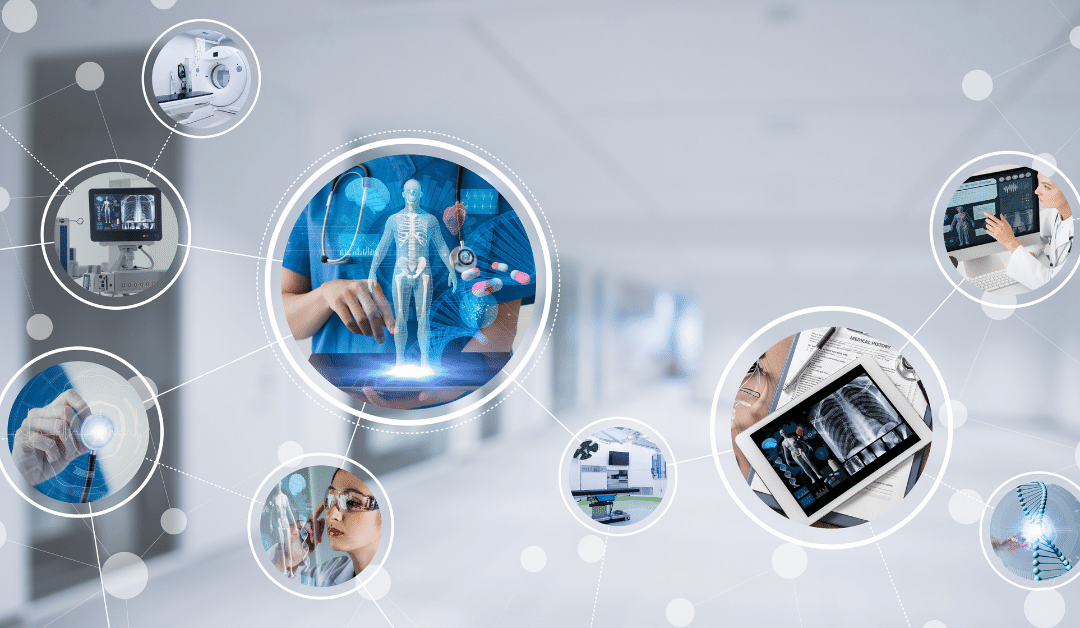

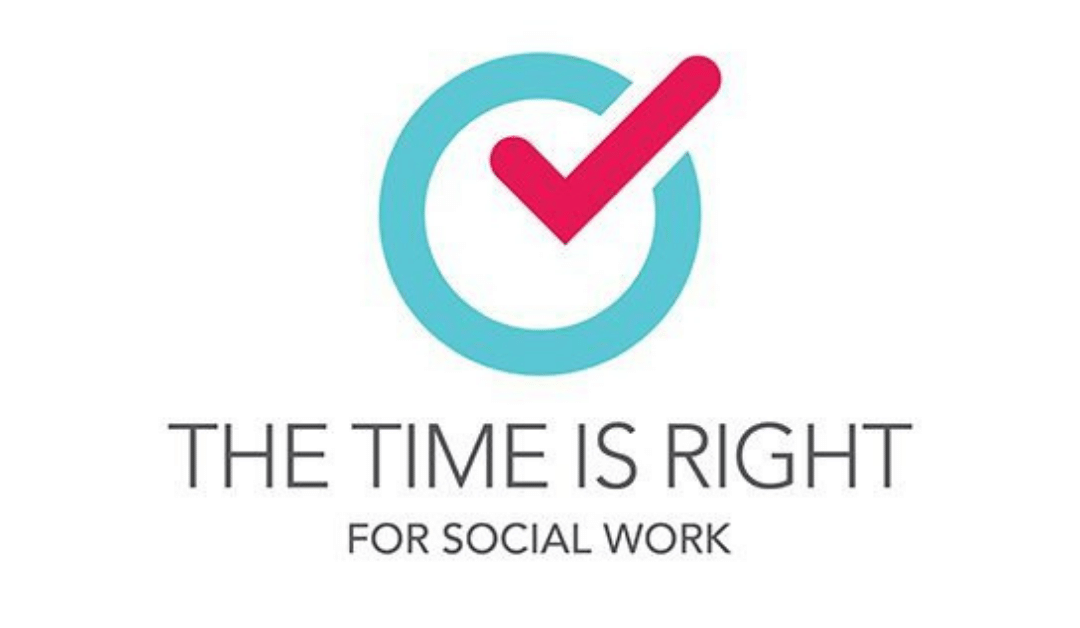
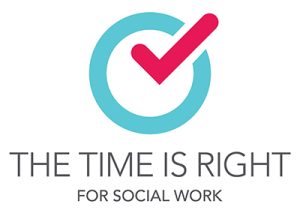
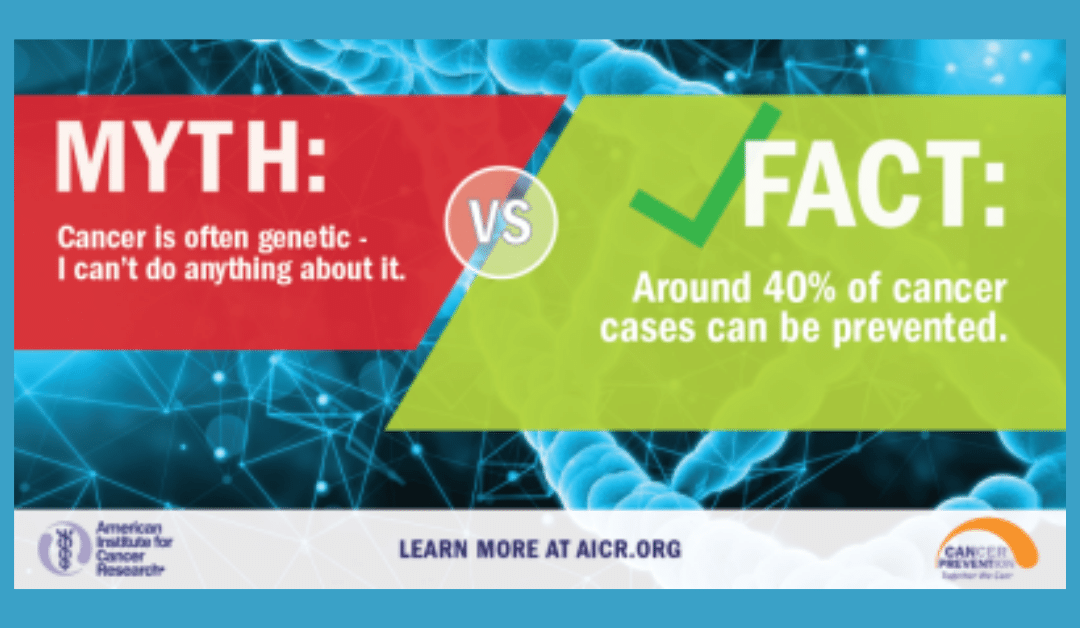
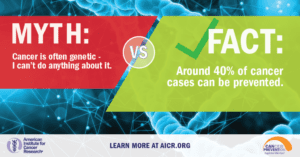
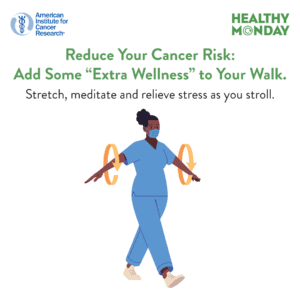
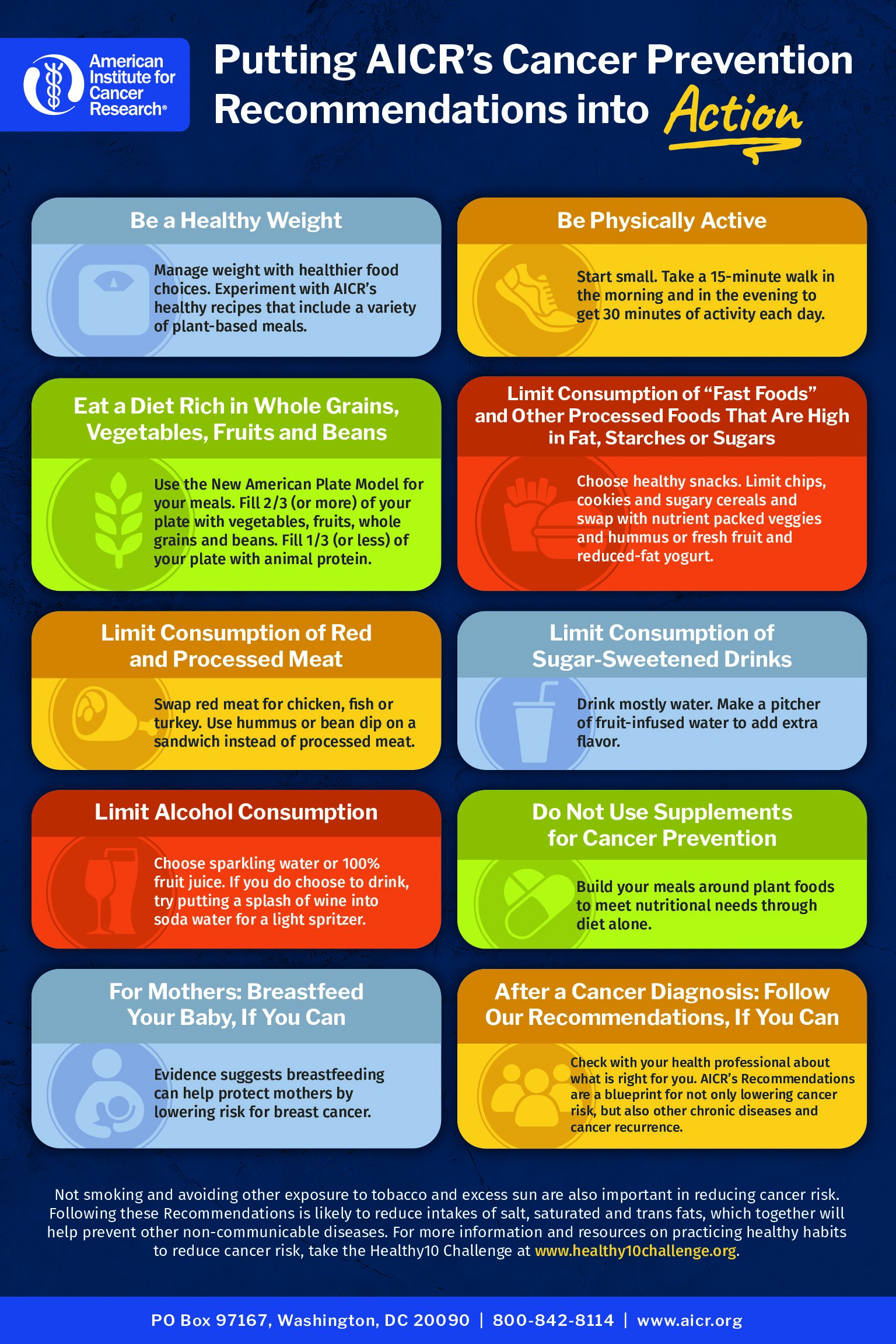
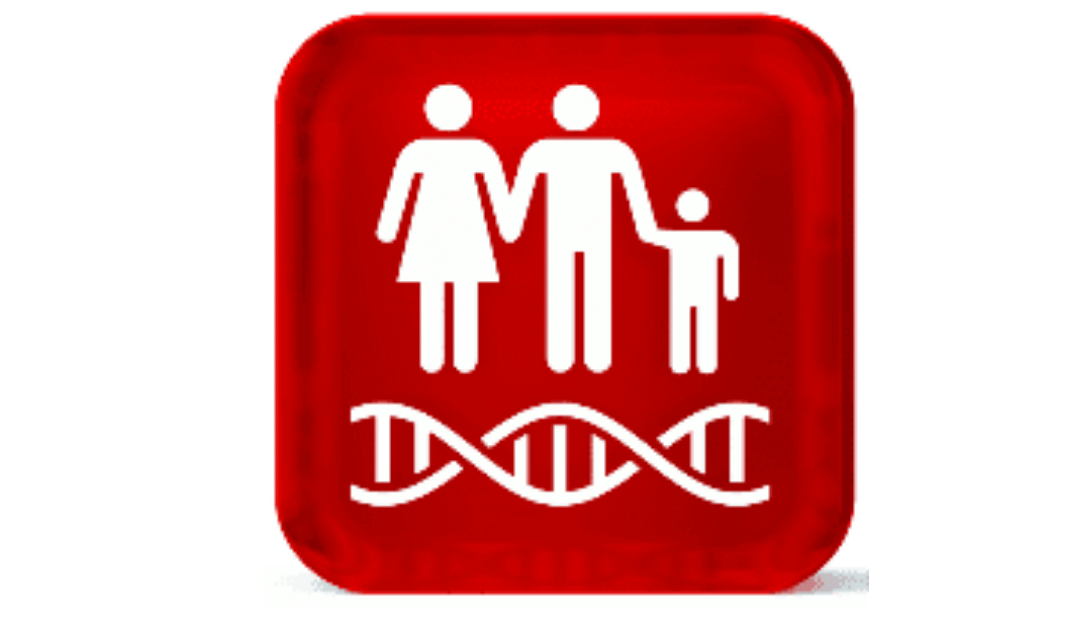
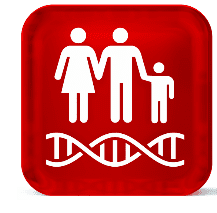 Many people are shocked by their cancer diagnosis when no one in their family has been diagnosed with cancer. Cancer is caused by genetic changes (mutations or variants) in a person’s genes, chromosomes, or proteins, but that doesn’t generally mean it’s inherited from a parent. In fact, only about 5-10% of cancers are due to inherited cancer syndrome (germline mutation).
Many people are shocked by their cancer diagnosis when no one in their family has been diagnosed with cancer. Cancer is caused by genetic changes (mutations or variants) in a person’s genes, chromosomes, or proteins, but that doesn’t generally mean it’s inherited from a parent. In fact, only about 5-10% of cancers are due to inherited cancer syndrome (germline mutation).
Recent Comments